Today, thanks to Courtney’s Mum’s Christmas generosity, I was reunited with one of my favourite films, Chris. Marker’s Sans Soleil. After five viewings and a very bad undergraduate thesis on time, memory and film, I still haven’t puzzled my way through all its layers of meaning, but it’s ever present in my mental film archive. I find myself trying to see places and events through Marker’s lens, to reach his level of understanding. Perhaps by doing so I will solve not just the mysteries of time, but also the movie.
Accompanying Sans Soleil on the DVD is another of Marker’s films, also one of my favourites, La Jetée. In Marker’s words, it is a remake of Hitchcock’s Vertigo (another of my favourites), and it is the movie which was remade as Terry Gilliam’s Twelve Monkeys. It is a film about time travel told (almost) entirely in still images. In the liner notes for the DVD, Marker writes that
…it’s rather in order to bring some comfort to young filmmakers in need that I mention these few technical details: the material for La Jetée has been created with a Pentax 24 x 36, and the only "cinema" part (the blinking of the eyes) with an Arriflex 35mm camera, borrowed for one hour. Sans Soleil was entirely shot with a 16mm Beaulieu silent film camera (not one synch take within the whole film) with 100ft reels – 2’44 autonomy! – and a small cassette recorder – not even a Walkman, they didn’t exist yet … No silly boasting here, just the conviction that today, with the advent of computer and small DV camera (unintentional homage to Dziga Vertov), would-be directors need no longer to submit their fate to the unpredictability of producers, or the arthritis of televisions, and that by following their whims or passions, they will perhaps see one day their tinkering elevated to DVD-status by honorable men.
Chris. Marker is one of my heroes.
I have just discovered a site, markertext.com which did not exist last time I looked, which offers a transcription of the narration of Sans Soleil complete with links explaining some of the references. I expect to spend quite some time poring over it. What a fantastic use of the educational possibilities of the internet!
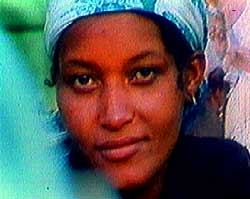 "My personal problem is more specific: how to film the ladies of Bissau? Apparently, the magical function of the eye was working against me there. It was in the marketplaces of Bissau and Cape Verde that I could stare at them again with equality: I see her, she saw me, she knows that I see her, she drops me her glance, but just at an angle where it is still possible to act as though it was not addressed to me, and at the end the real glance, straightforward, that lasted a twenty-fourth of a second, the length of a film frame."
"My personal problem is more specific: how to film the ladies of Bissau? Apparently, the magical function of the eye was working against me there. It was in the marketplaces of Bissau and Cape Verde that I could stare at them again with equality: I see her, she saw me, she knows that I see her, she drops me her glance, but just at an angle where it is still possible to act as though it was not addressed to me, and at the end the real glance, straightforward, that lasted a twenty-fourth of a second, the length of a film frame."
Once I have finished my Vertigo pilgrimage around San Francisco, I have a new destination. In the district of Shinjuku, Tokyo, there is a bar dedicated to La Jetée. When famous filmmakers drop in they draw a picture of a cat on their whisky bottle. Coppola, Scorsese, Wenders and Jarmusch have all paid homage.
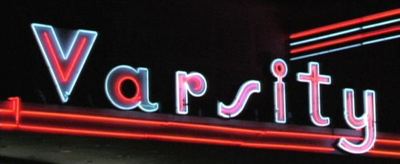

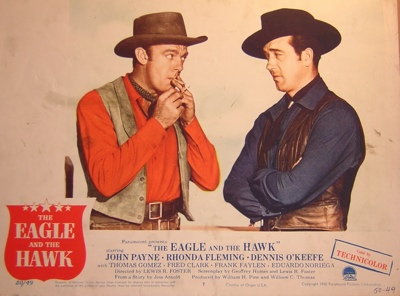
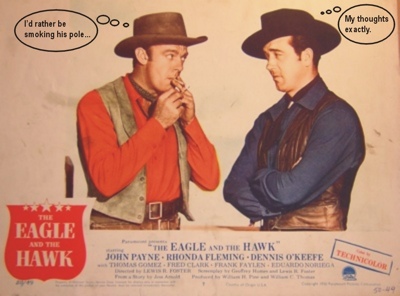
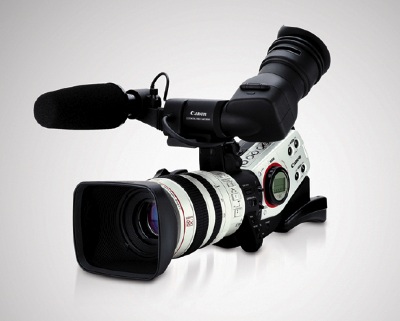
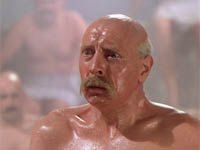
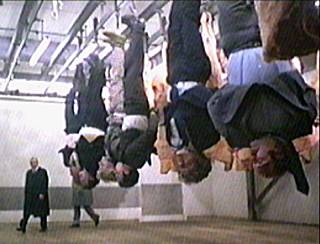
 Vertigo (1958) is a film about a man who attempts to turn the clock back in pursuit of an image of a woman he loves. The Madeline he loves is not the Madeline who is Elster’s wife. Nor is she Judy, the woman who has been paid by Elster to act as his wife. The Madeline Scotty has fallen in love with is a fiction.
Vertigo (1958) is a film about a man who attempts to turn the clock back in pursuit of an image of a woman he loves. The Madeline he loves is not the Madeline who is Elster’s wife. Nor is she Judy, the woman who has been paid by Elster to act as his wife. The Madeline Scotty has fallen in love with is a fiction.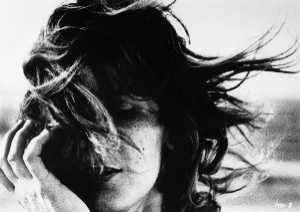 Finally the experimenters are satisfied he can cope with being sent to whichever point in time they choose. He is sent into the future to bring back a power plant which will save the human race. Once he has fulfilled this task he is returned to his prison cell. The virtuous people of the future come to him in his cell and offer to accept him as one of their own. He declines. He doesn’t want to live in the future. He wants to return to the past and the woman he loves. They oblige. He is returned to the moment he remembers so vividly. He has achieved his return to an impossible past, and at the moment of its consummation it is snatched away from him, just like it is taken from Scotty.
Finally the experimenters are satisfied he can cope with being sent to whichever point in time they choose. He is sent into the future to bring back a power plant which will save the human race. Once he has fulfilled this task he is returned to his prison cell. The virtuous people of the future come to him in his cell and offer to accept him as one of their own. He declines. He doesn’t want to live in the future. He wants to return to the past and the woman he loves. They oblige. He is returned to the moment he remembers so vividly. He has achieved his return to an impossible past, and at the moment of its consummation it is snatched away from him, just like it is taken from Scotty. "My personal problem is more specific: how to film the ladies of Bissau? Apparently, the magical function of the eye was working against me there. It was in the marketplaces of Bissau and Cape Verde that I could stare at them again with equality: I see her, she saw me, she knows that I see her, she drops me her glance, but just at an angle where it is still possible to act as though it was not addressed to me, and at the end the real glance, straightforward, that lasted a twenty-fourth of a second, the length of a film frame."
"My personal problem is more specific: how to film the ladies of Bissau? Apparently, the magical function of the eye was working against me there. It was in the marketplaces of Bissau and Cape Verde that I could stare at them again with equality: I see her, she saw me, she knows that I see her, she drops me her glance, but just at an angle where it is still possible to act as though it was not addressed to me, and at the end the real glance, straightforward, that lasted a twenty-fourth of a second, the length of a film frame."